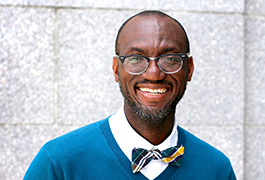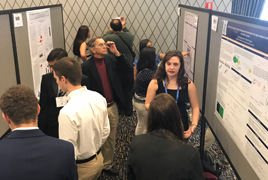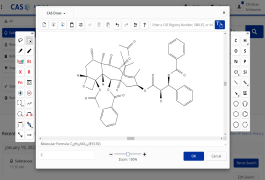Rubber Division: Meet Chemists Who Engineer Elastic Polymers Essential to Modern Life
Last year, Akwesi Lamptey Jr, a civil engineering major at Ohio University, attended his first-ever professional conference: the International Elastomer Conference (IEC) in Pittsburgh, PA. He quickly discovered a community of rubber enthusiasts eager to welcome young members. Company reps, he says, “genuinely were excited to talk to college students.” Many offered up valuable career advice, like this tip: on the Expo floor, treat every conversation like it’s an interview.
“There is a difference between regular conversation and professional conversation,” says Lamptey. “That was the first time that I had to step out of my comfort zone and talk to companies in a more professional sense.” The practice paid off. When Lamptey later had actual job interviews, he was prepared because potential employers asked many of the same questions that he had already answered for other industry professionals at the conference.
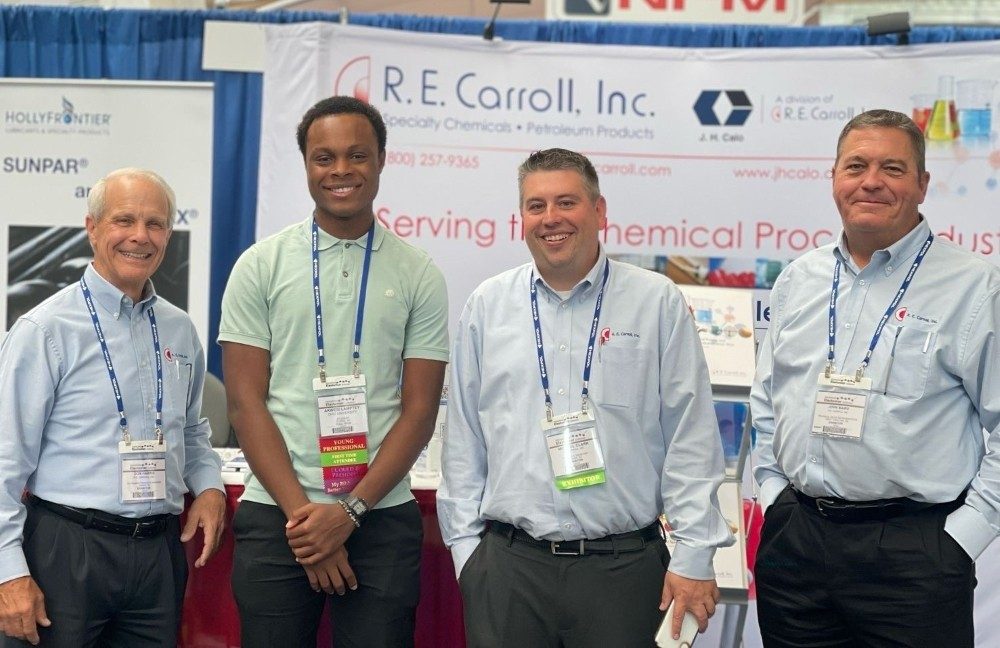
The IEC was hosted by the Rubber Division of the American Chemical Society (officially named Rubber Division, ACS), an international association of rubber industry professionals—from chemists and engineers to sales reps and plant managers. Lamptey is one of more than 200 ACS undergraduate members of the Rubber Division, all of whom have invaluable access to conferences, as well as courses, volunteer opportunities, networking events, and other professional development experiences.
“Our main focus is definitely trying to bring up the next generation,” says Heather Maimone, the division’s membership and outreach director. “We’ve done a lot to push for more women, more diversity, more inclusion, more younger generations.”
Read on to learn how Rubber Division, ACS, could help you too launch a lifelong career in rubber.
Be the future of rubber
Rubber is a material containing coil-shaped polymers that can bounce back into place after being stretched. This elastic quality makes rubber invaluable to a wide range of industries—from automotive to biomedicine. Natural rubber alone is a key component of more than 40,000 different products. The material is essential to life as we know it, says Judit Puskas, a distinguished professor in polymer science at The Ohio State University. “Without rubber, we would not have had the Industrial Revolution because all of the machines have rubber. You wouldn’t have cars because all of the cars have rubber,” she explains. And, of course, she notes, we wouldn’t have chewing gum.
But rubber is not just an innovation of the past. Scientists like Puskas are finding ever more uses for this highly adaptable polymer. Puskas is the co-inventor of a rubber-based material that covers stents and releases drugs to prevent arteries from clogging. “It’s been implanted in over 10 million patients in the US alone,” she says. She is also developing a synthetic rubber to make tires more fuel efficient. In 2017, Puskas was the first woman member to receive the division’s prestigious Charles Goodyear Medal for those making significant lifetime contributions to rubber science and technology.
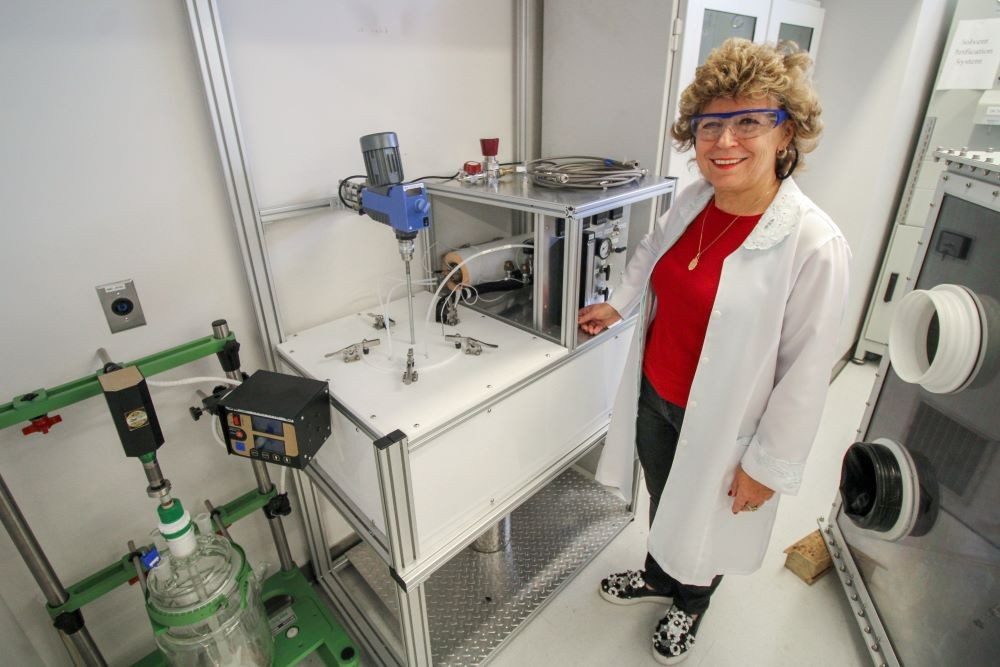
Rubber Division, ACS, is looking for young members to continue the field’s momentum. “One of the biggest issues with this industry now is there is a big age gap,” says Mykhel Walker, a master’s student in plastics engineering at the University of Massachusetts Lowell. “We’re trying to revitalize the interest for younger people.”
If you want in on the future of rubber, you could begin exploring the field by connecting with Rubber Division members at one of the division’s 16 local rubber groups. Walker is a board member of his local division where he contributes to discussions on how to raise money for division programs and engage with the local rubber industry.
You could also join one of the division’s committees, which meet virtually. “[Undergraduate members] can hear what is happening in the industry, and in the division, and if they have suggestions, it’s always great to hear from them,” says Maimone. Chyna Mosley, a fifth-year chemical engineering major at Ohio University and Vice President of the Rubber Division Young Professionals committee, helps members understand what resources would be most helpful to college students. She recently asked the committee to arrange for résumé reviews and mock interviews so that her classmates attending the career fair at the ACS fall meeting will be well prepared.
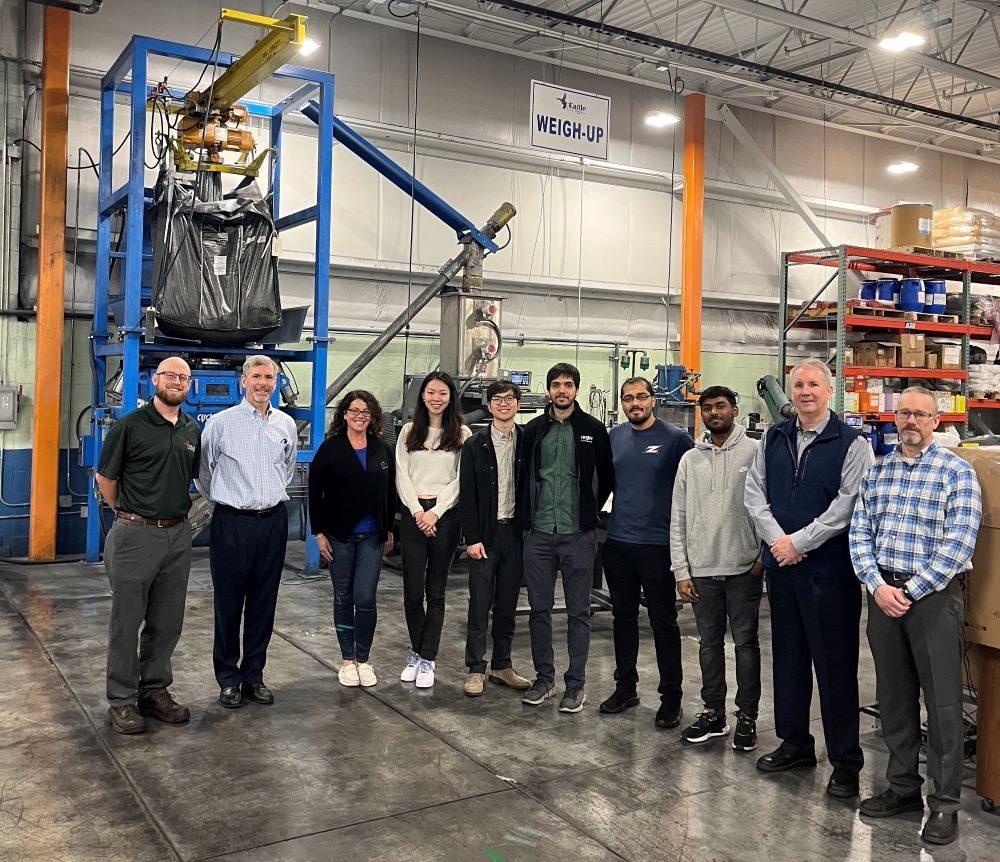
You can also join a Rubber Division student chapter, or even start your own. As the president of the UMass Lowell ACS Rubber Division Student Chapter, Walker is working to expand membership by reaching out to departments beyond plastics engineering as well as to other universities.
Abbas Valsadwala, president of the ACS Rubber Division Student Chapter at the University of Akron, says that student chapters give undergraduates the chance to connect with each other from across different departments and also provide undergrads with an opportunity to connect with graduate students. “A lot of undergraduates have questions about graduate school,” says Valsadwala. “I think the best people to ask are graduate students.”
Valsadwala is a master’s degree student in polymer engineering who is studying the crystallinity of carbon black—the material that gives tires their strength. Members of his chapter have the opportunity to sign up for a tour of local industries, as well as a night of networking with local professionals in the rubber industry.
When you’re in school, it can be hard to meet people working in the rubber industry, says Valsadwala. “Rubber Division bridges that gap between students and industry.”
Where rubber careers are made
Attending Rubber Division conferences is another great way to begin learning about how you could fit into the future of rubber. Tim Higgins began attending Rubber Division conferences more than 17 years ago as an undergraduate at Ferris State University. At the time, the networking experience helped him figure out which direction he wanted his own career to take. “There are many avenues of the industry that you could join,” he says. “The ability to network at conferences meant gaining experience and insight into varied aspects of the industry.” Higgins is now the global marketing director of transportation and infrastructure at Momentive Performance Materials, headquartered in Waterford, NY. The company offers liquid silicone rubber and high-consistency rubber products for use in transportation, healthcare, and other industries.
Students who attend the IEC in the fall and Technical Meeting in the spring have access to many networking opportunities, from career fairs and socials to a walk/5K race on the Wednesday of each conference. “We have so many people who walk that in the morning and talk and network with each other,” says Maimone.
Rubber Division conferences are also a great place to share your research findings. Undergraduates can present posters or speak at student symposia. Last year, Walker presented a poster about his work developing three-layer elastomeric laminates for military applications, like rubber gloves that protect against biological and chemical solvents. “I feel like every time that I do some sort of presentation, it helps me with communicating a little bit better,” says Walker.
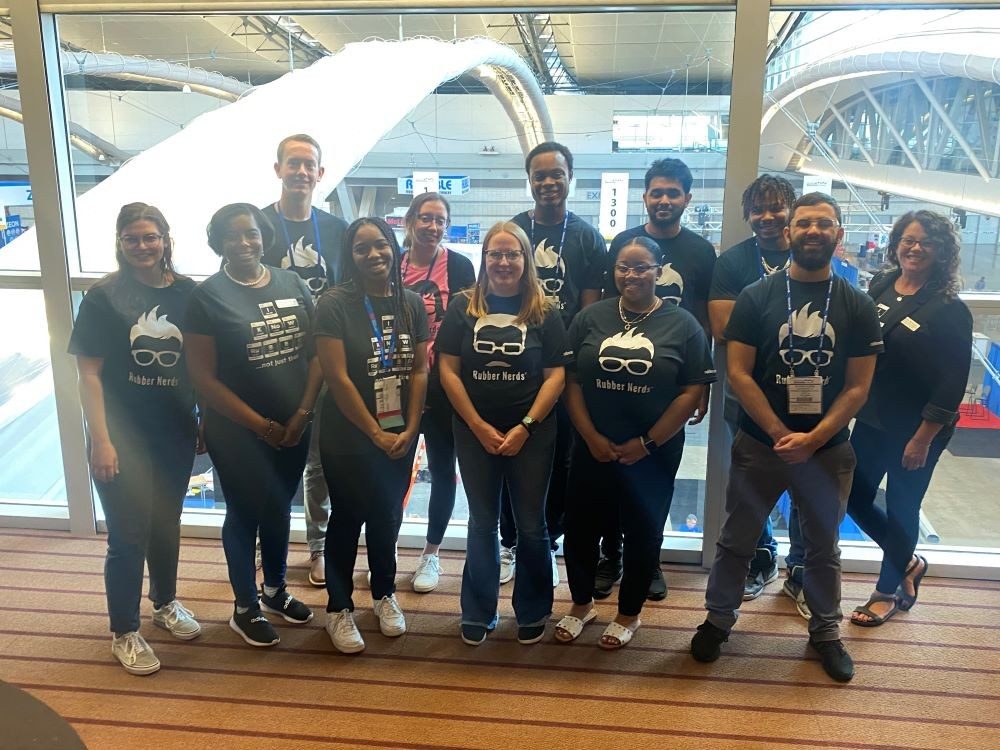
As you progress in your career, these conferences will continue to serve as your home base for connecting with colleagues and spreading big ideas. Puskas is using her keynote speech at the IEC this fall to raise awareness about an issue important to both her research and national security: the need to establish natural rubber production in the US, rather than relying on imports. The US has long produced synthetic rubber, but some products, like airplane tires, require rubber sourced from actual plants. “When an airplane lands, the speed is about 300 miles per hour. Any synthetic rubber would explode because it is not able to absorb the heat that is generated,” Puskas explains.
Conferences are also a time for celebrating achievements. Undergraduate and graduate students receive awards for the best oral and poster presentations at the IEC Student Symposium. Professional awards like these are stellare accomplishments. Noting that you won an award—or even simply that you presented your work—could help set your grad school application apart. Puskas believes that Rubber Division awards helped some of her own students find jobs. “They can show, hey, I got this Rubber Division award so I am a very good candidate,” she says. For those who need help getting to the symposium, the division and its many local subdivisions also offer student travel grants.
Use your science for good
Want to help others get fired up about rubber chemistry? The Rubber Division is always looking for undergraduate volunteers ready to bring their science to the community. Maimone invites local high school students to attend a special day of activities at each IEC meeting. Undergraduate volunteers help lead these aspiring chemists through hands-on workshops designed to introduce them to the core branches of the rubber industry: raw materials, mixers and molders, and rubber testers. They also accompany the high school students as they meet with industry members.
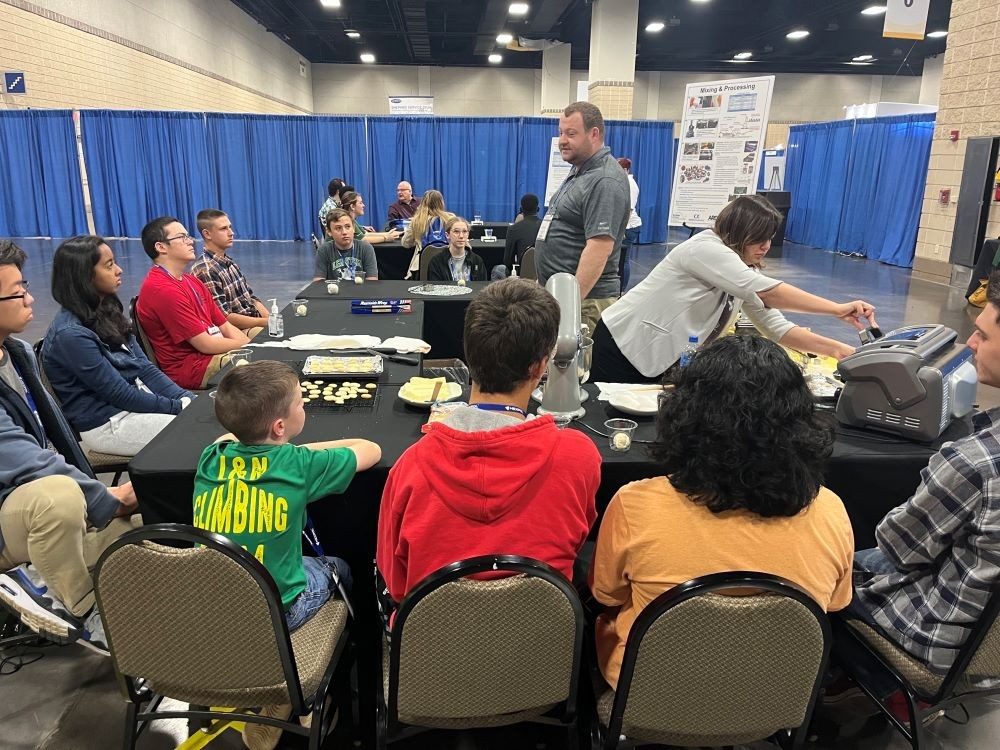
Mosley has volunteered many times to do everything from putting food out at events to leading experiments. “It’s helped me be a mentor,” she says. “Professionally, it’s helped me understand that not everyone comes from the same background as me.”
“Everybody that I’ve had help as an undergraduate ends up staying in the rubber industry because when you’re able to be engaged and involved and actually serving as a leader in our organization at such a young age, you feel like you’re a part of something,” says Maimone.
Volunteering
is also a fun way to give back to the division and make new
connections. This past summer, Walker helped the New England Rubber
& Plastics Group—his local subdivision of the Rubber Division—to run
a golf outing. He and other student volunteers took pictures and helped
manage a putting contest. The event raised around $3,000 to support
scholarships and travel funds for students attending the IEC. And it was
a great place to meet others in the industry, says Walker.
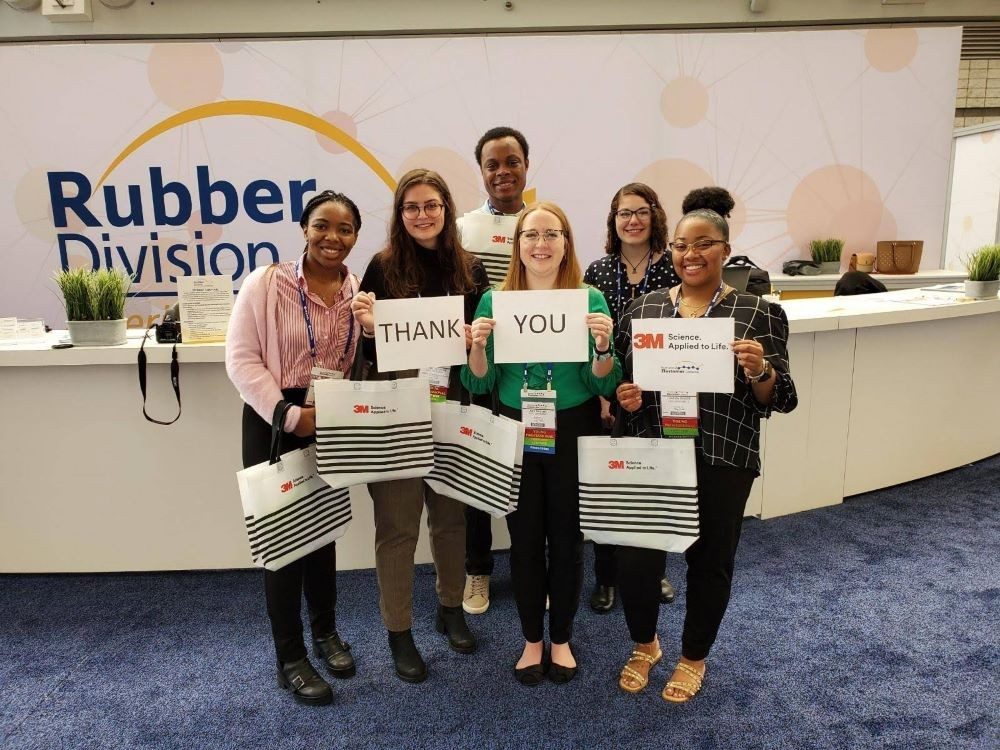
Grow your knowledge
The Rubber Division also supports professional growth through a wide range of webinars and one-day courses—all offered at no cost for undergraduates. From “Basics of Polymer Testing & Processing” to “Green Tire Chemistry,” this extensive list of courses is your chance to dive into the many topics within rubber chemistry and home in on which specific field excites you the most. If you’re already busy at work in a rubber lab, the courses could also help you troubleshoot any snags in your research. When Walker was running into problems with his laminate design, he took a course on fluoroelastomers—a form of synthetic rubber that is especially resistant to chemical exposure and extreme heat. “I thought I might as well take this course, get a little more information, and figure out what I can do to improve on my process,” he recalls. He learned just what he needed to set his research back on track.
As an undergraduate member, you’re also invited to take any of the division’s many online and in-person courses on professional and career development, which are led by Leslie Ungar, a communications expert who is president of Electric Impulse Communications. The courses cover topics like résumé writing, interview skills, and how to give a presentation.
Last year, Ungar spoke with women at the IEC meeting about how to present themselves professionally. Mosley says that this and other Rubber Division courses helped her to project more confidence during her current internship at Goodyear. She’s careful, for example, to deliver presentations without distracting hand motions like touching her hair. “I want to be seen as an example of the new generation,” she says.

